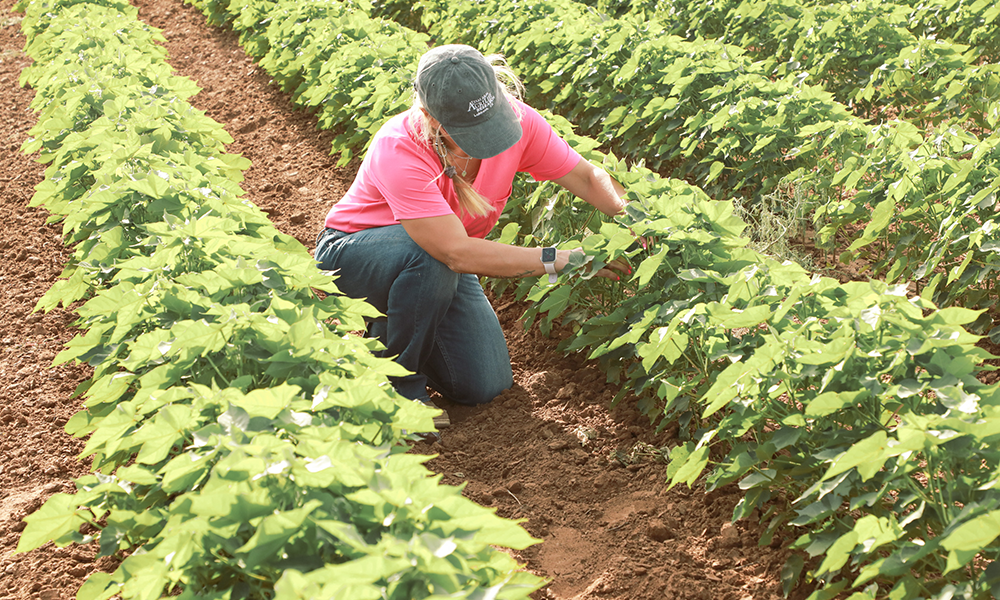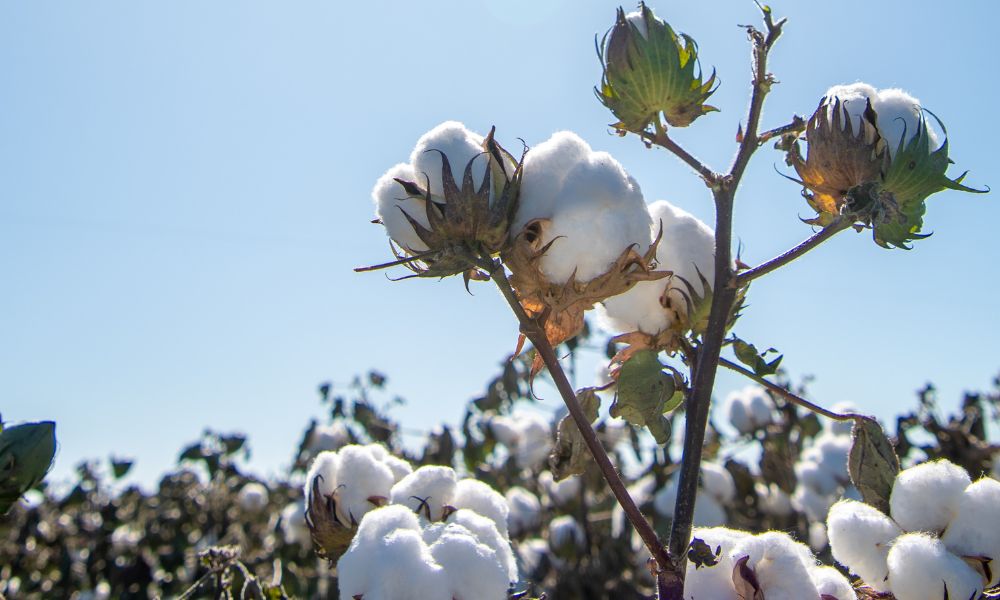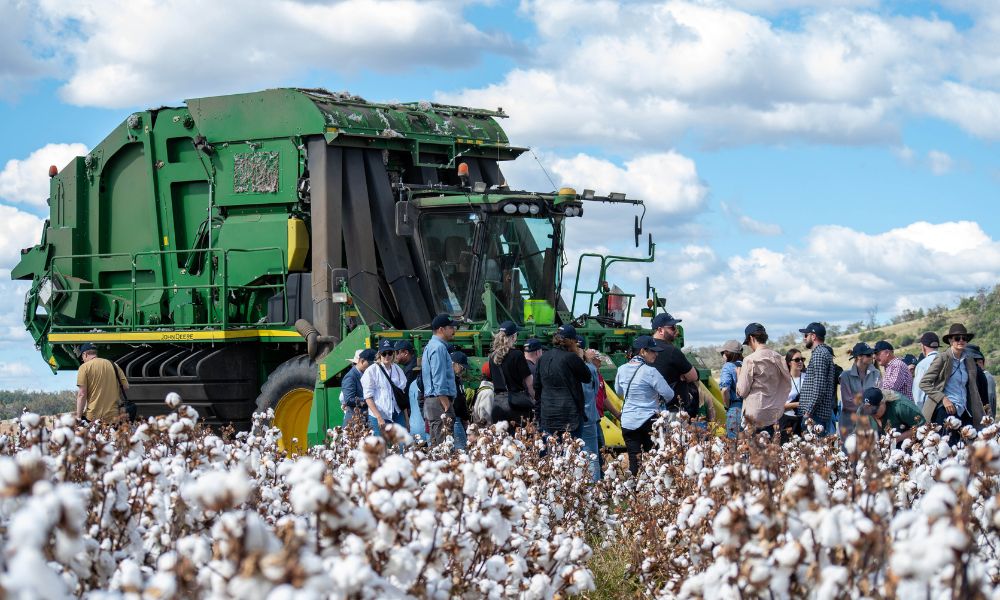Large Australian cotton crop still expected in 2023 despite constant rain
November 10, 2022
Australian cotton farmers have faced unprecidented wet weather conditions early in the growing season

Only two years after severe drought, Cotton farmers celebrated good water availability resulting in a record crop of 5.5 million bales last season, however the rain has persisted providing a headache for some farmers.
During October and early November, NSW emergency services reported every inland river catchment was either full or flooded from the QLD border to the VIC border with 99 active warnings and nine major flood warnings in place.
Cotton Australia CEO Adam Kay said his thoughts were with all the farmers who have suffered loss and damage due to the floods.
“We are hearing reports of major infrastructure damage following inundation and we are keeping government stakeholders informed.”
There is major flooding in some cotton farming regions including Narrabri and Moree but at this stage the major damage appears to be to winter crops like wheat and barley.
“The northern half of NSW has a wider planting window and that means growers have till the later half of November to get their crops in and maintain a healthy yield for the coming season.
We are confident they will achieve that if the rain holds off long enough to get out on their fields and get their crops in the ground,” Mr Kay said.
It’s a different story unfortunately from the Macquarie Valley south to the Victorian border with the planting window closing earlier and data showing yields decrease the later crops are planted in the region.
“Overall, at this stage we expect around a 10% reduction on our crop forecasts for 2023, and with about a third of that crop forward sold, we expect strong ongoing global demand for our cotton. We can sell every bale we get so we hope conditions improve quickly,” said Mr Kay.
As further evidence of the diverse conditions facing farmers, cotton growers in the Northern Territory and Far North Queensland haven’t been impacted by the inundation like the south with planting expected to occur in December and picking the middle of next year.
Further south many farmers already have seed in the ground. In some parts of southern QLD, the last of the 2022 crops are being picked, delayed because of floods, while in the Central Highlands and Callide Dawson in Queensland, cotton planted in August is already doing well despite some hail damage.
Mr Kay said the professionalism and adaptability of farmers will see good results.
“Every grower has to contend with adverse weather events, but we have the science, the sustainable practices and the innovation to rise above the temporary challenges and retain consistency of quality and supply.”














Recent Comments